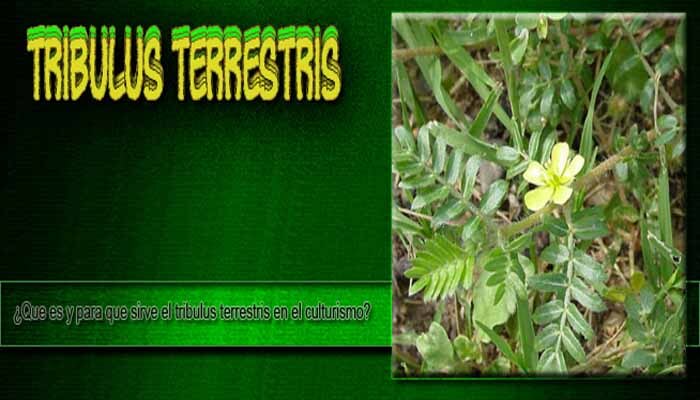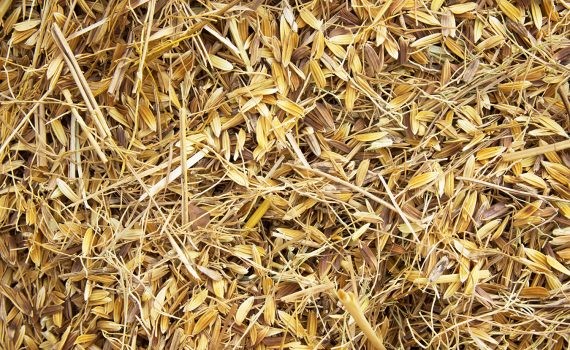Tribulus Terrestris in Bodybuilding
The Tribulus terrestris is a plant that grows in tropical climates. The part of the plant that is of greatest interest is at the root. This plant has been used throughout the world for a variety of ailments. It has been used as a diuretic, antiseptic, anti-inflammatory supplement, and as a mood-enhancing tonic.
Like all herbs, Tribulus contains many active ingredients. However, the most important ingredient is its saponins – specifically protodioscin saponin – It is currently believed to be the main active nutrient derived from Tribulus. The most notable advantage of Tribulus terrestris is its use in the treatment of sexual deficiencies. It has been used in Asia and Bulgaria for years to treat libido and infertility problems. Tribulus terrestris is a non-hormonal herb that restores and improves libido in men, as well as enhancing and prolonging (no pun intended) the duration of erections. Tribulus terrestris increases the number of sperm and their mobility.

Use of Tribulus Terrestris in bodybuilding
Tribulus terrestris increases testosterone levels through an increase in luteinizing hormone (LH). LH is the hormone that signals the body to start making natural testosterone. There is a study that included 20 people who took 750 mg per day of tribulus terrestris. LH was shown to rise from 14.38 ml / U / ml to 24.75 ml / U / ml (which is a 72% increase in LH). Free testosterone ranged from 60 ng / dl to 84.5 ng / dl (which is a 41% increase). These increases in testosterone are of great interest to bodybuilders. These 20 people experienced increases in muscle size, endurance, and strength.
If Tribulus affects testosterone levels, you can do so by increasing luteinizing hormone (LH) and follicle-stimulating hormone (FSH). Tribulus may also significantly lower blood glucose levels .
Dosage and how to take tribulus terrestris
Look for a Tribulus terrestris extract that is standardized to no less than 6% protodioscin and between 40% and 45% total saponins. If possible, the plant from which the supplement is derived comes from Turkey, Macedonia and Bulgaria.
The correct dose of Tribulus is between 6.3 and 8 milligrams of protodioscin per kilo of body weight per day.
Side effects of tribulus terrestris
Tribulus has been in use for a long time, and studies have found no adverse side effects of Tribulus. Again, one of the main benefits of Tribulus is that it is not a hormone and only helps increase testosterone by increasing the level of luteinizing hormones (LH). The only adverse side effect experienced is an upset stomach, which can be helped if taken with food.
Conclusion
- Consider mixing a ZMA product with tribulus terrestris. The anabolic mineral formula consists of Zinc Monomethionine Aspartate, Magnesium Aspartate, and Vitamin B-6. Lorrie Brilla, PhD, reported that ZMA significantly increased free testosterone levels and muscle strength in NCAA soccer players in 1999.
- Some people experience an upset stomach when taking T. terrestris. To minimize the chance of this happening, take the supplement with food. Don’t give up on intense training and a healthy lifestyle instead of supplements. Supplements are just that: They help supplement your earnings. Products that make lavish claims for muscle gain or decreased body fat levels should be questioned.
- The data on Tribulus are not conclusive yet, but they are still promising. The current deficiencies may simply reflect a lack of research to dial in the correct dosage and conditions to optimize the testosterone response. Only time will tell.
- I have personally used it several times and have not noticed gains in strength or muscle size. There is a lot of talk about this product, but honestly it seems like a waste of money to me.

